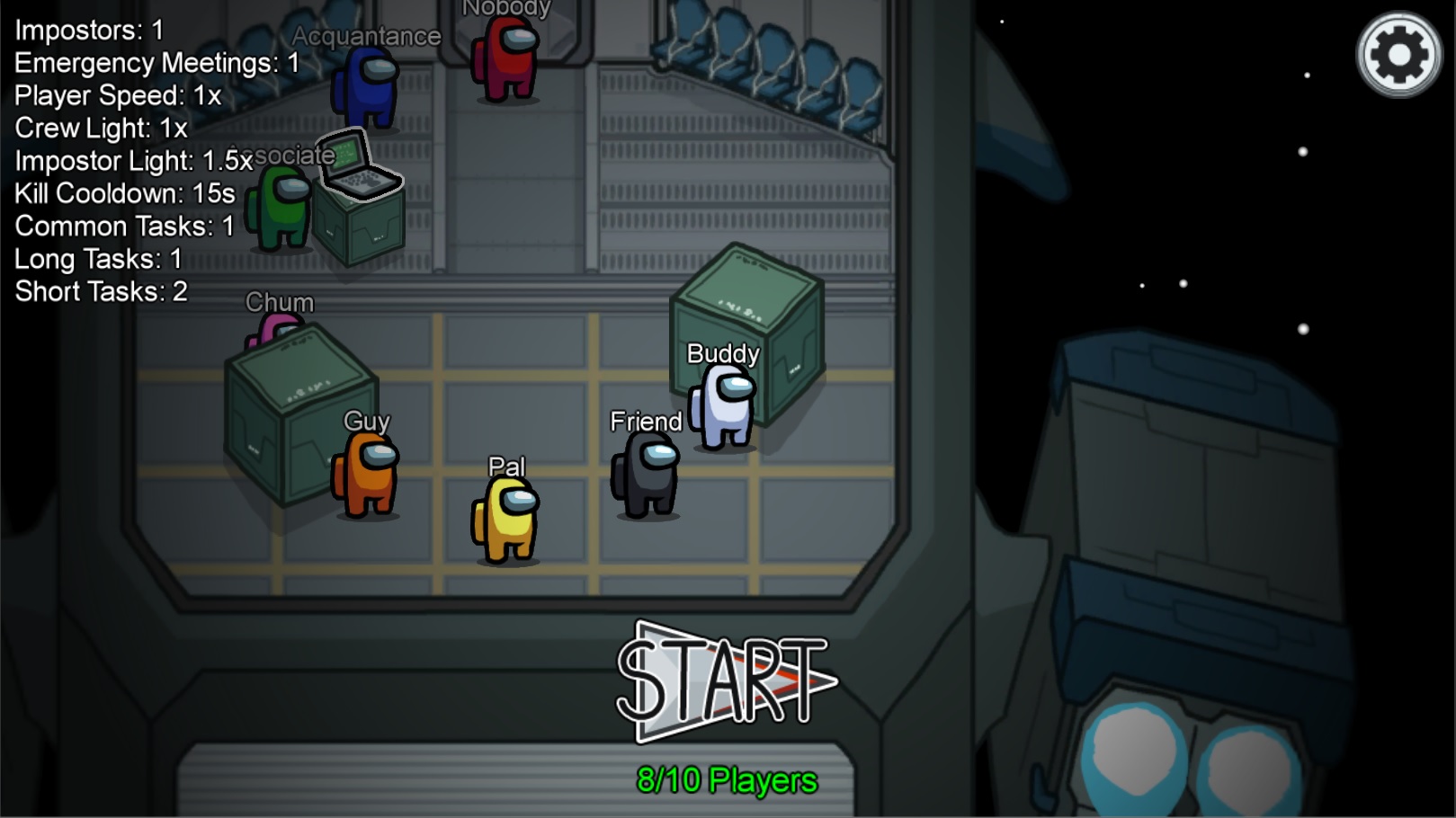Guide for Among Us: all features and life hacks how to define an impostor or remain undetected
How to use abilities and rooms to identify a traitor in an among us game. At the same time, it will be easier for a player who knows these features to remain unrecognized if he is a traitor.
Each of the locations of Mira Corporation has unique features that are useful for the team to detect enemies. However, impostors can use them for their insidious purposes.
Many users who have experience playing for any of the teams may not be aware of some of the additional features hidden on each card. Using the abilities characteristic of The Skeld, Mira HQ and Polus cards, the crew of the ship will be able to significantly easier identify and defeat traitors. Nevertheless, impostors who have mastered this knowledge will be able to use them to their advantage.
How do I identify a traitor in Among Us?
Abilities can be used as a means of capturing impostors or as their identification among teammates. Although the results of using such opportunities will be useful during voting, they can slow down the implementation of basic tasks. Therefore, their use is beneficial when it is necessary to obtain more specific information about suspects.
Knowledge of locations with administrator access
The administration room will have a console showing the entire map and the location of each player on it. However, no names or colors are displayed. Such an opportunity may be useful to confirm the words of the players about where they were and what goals they pursued. Also, with its help, you can catch traitors red-handed or fix the movement of the impostor along the ventilation shafts.
Moreover, by observing the movements of a group of two or three crew members through the administrator console, you can witness how one of the icons disappears. This will indicate that one of the survivors was not who he pretended to be.
Impostor detection via surveillance cameras
Security rooms on The Skeld and Polus allow players to watch various rooms and rooms on the map. Mira HQ has no cameras. On The Skeld map, all cameras display images on one screen at a time. On Polus, players need to switch between different types of cameras manually, so you can't do without a certain amount of care.
Cameras can be useful in a variety of situations. With their help, you can take impostors by surprise at the time of the murder, pretense or journey through ventilation.
Remember that if one color is displayed on one camera and then suddenly appears on another, then most likely it is an impostor.
Monitoring of key indicators
On the Polus map, next to the office, there is a console for viewing the vital indicators of all players. Green means they're alive, red means they died recently. Gray - that they died some time ago. In addition, if a player leaves the match, it will be displayed in gray. Such an opportunity may be useful when a group of several people has been noticed. If one of the vital indicators suddenly turned red, then the circle of suspects will noticeably narrow. It can also be used to fix deaths that have not been reported for a long time.
Vital indicators are less significant evidence compared to other gameplay abilities. However, you can use it as a confirmation of conclusions obtained using Admin or Security skills.
Tracking Moves with Doorlog
There is a communication room on the Mira HQ map. Inside is a console containing records of everyone who crossed the intersection in the northeast of the map. Each of the three paths corresponds to a certain color: green for the southwest, orange for the southeast and blue for the north.
You can use this data to confirm where team members performed their tasks. And also identify traitors if they went there (or came from there), where the corpse was found.
Most importantly, Doorlog can be used to determine the movement of the impostor through the ventilation. If the log shows inconsistent movement, it can be a traitor. For example, someone goes north, but is located in the west Mira HQ (or movement is not fixed at all).
However, Doorlog has a limitation: it does not show who came from. It only notifies you of the intersection of the sensor.
